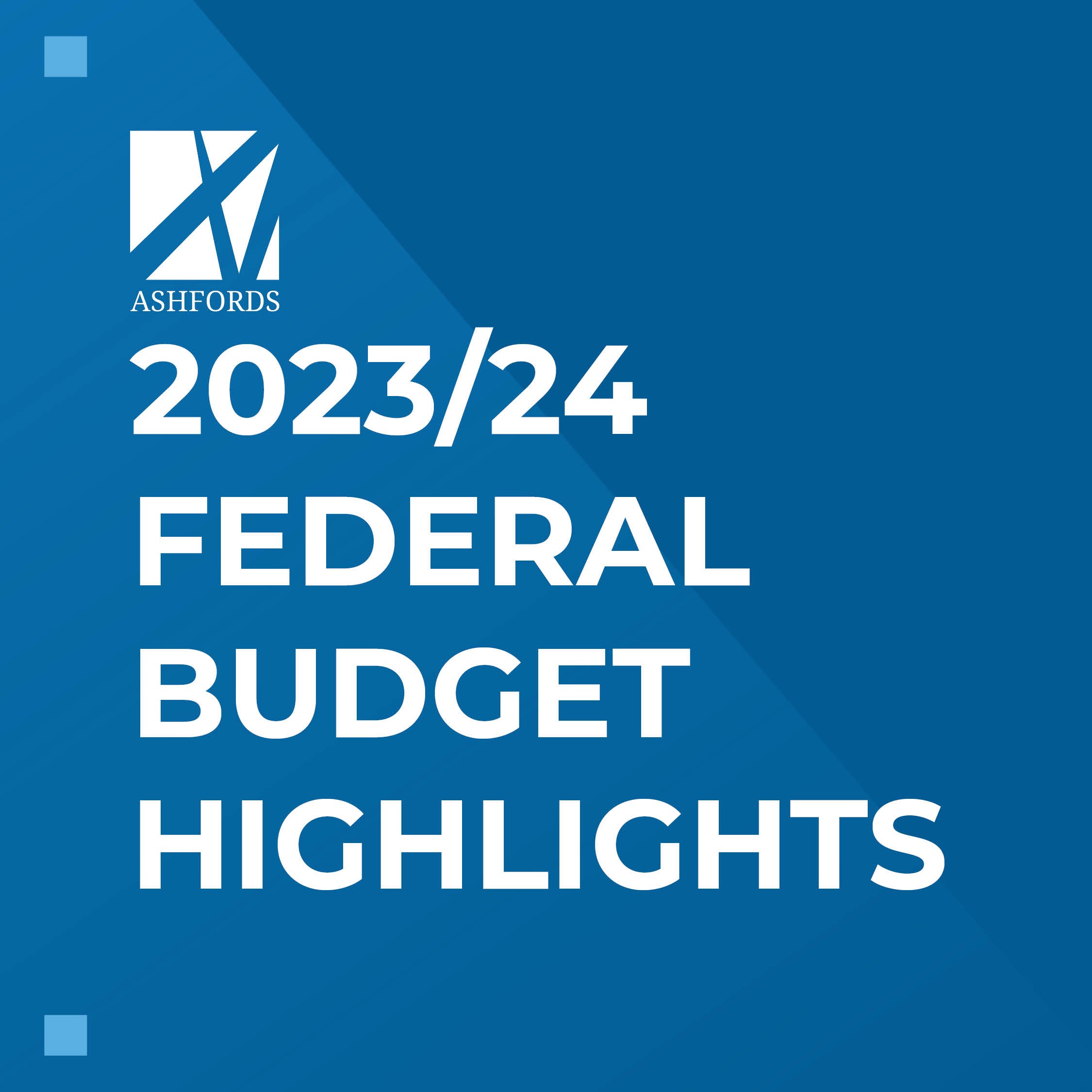INDIVIDUALS
Income Support
-
Income support payment base rates will be increased by $40 per fortnight. This increase will apply to
Jobseeker payment, Youth allowance, Parenting Payment, Austudy, Abstudy, Disability Support Pension (Youth) and Special benefit.
Medicare Levy thresholds for 2022-23
-
The CPI indexed Medicare levy low income threshold amounts for singles, families, seniors and pensioners for
the 2022-23 year of income have slightly increased as announced.
Medicare levy low income threshold (at or below which no Medicare levy payable)
Class of people
|
Single
|
Family
|
Individual
|
$24,276 ($23,365)
|
$40,939 ($39,402)
|
Senior Australians and eligible pensioners
|
$38,365 ($36,925)
|
$53,406 ($51,401)
|
Threshold increment for each additional dependent child/student
|
$3,760 ($3,619)
|
Jobseeker
-
The minimum age for which older people qualify for the higher JobSeeker Payment rate will be reduced from 60
to 55 years.
Workforce Participation Incentive
-
The workforce participation incentive measures to support pensioners who want to work without impacting their
pension payments will be extended for another 6 months to 31 December 2023.
Parenting Payment
-
Eligibility for Parenting Payment (Single) will be extended to support single principal carers with a youngest
child under 14 years of age.
Multinationals
Global Minimum Tax And A Domestic Minimum Tax
-
Australia will implement the OECD/G20 BEPS Two Pillar Solution to tackle tax challenges arising from
digitalisation of the economy, meaning certain large multinationals will be subject to a 15% minimum tax in the jurisdictions in which
they operate. These minimum tax rules will apply to companies with annual global revenue of at least $1.2 billion.
Superannuation
The $3 Million Superannuation Gap
-
Superannuation earnings tax concessions will be reduced for individuals with total superannuation balances in
excess of $3 million from 1 July 2025. It will bring the headline tax rate to 30% (up from 15%) for earnings corresponding to the
proportion of an individual’s total superannuation balance that is greater than $3 million. Individuals with a total superannuation
balance of under $3 million will not be effected.
Employers To Be Required To Pay Superannuation Guarantee On Payday
-
Employers will be required to pay their employees’ superannuation guarantee entitlements at the same time as
they pay their salary and wages from 1 July 2026. Currently, employers are only required to pay their employees SG on a quarterly basis.
Tax administration
Small Business Tax Compliance Administrative Burden Reduced
-
Funding will be provided to the ATO over 4 years to lower the tax-related administrative burden for small and
medium businesses, cut paperwork and reduce time small businesses spend doing taxes.
GST Compliance Program / Personal Income Tax Compliance Program
-
Funding for GST compliance will be extended for a further 4 years to the ATO to address emerging risks to GST
revenue and a further 2 years for the Personal Income Tax Compliance Program.

